Originating from the breathtaking Valtellina valley in the Lombardy region of northern Italy, Pizzoccheri stands as a true testament to the ingenuity and resilience of Alpine cuisine. Far more than just a pasta dish, it’s a culinary institution, deeply woven into the cultural fabric of this mountainous region. This hearty, rustic meal was born out of necessity, utilising readily available local ingredients like buckwheat flour, which thrives in the valley’s cooler climate, and mountain cheeses, a staple of its pastoral lifestyle. Historically, Pizzoccheri provided essential sustenance and warmth to farming communities facing harsh winters, evolving from a simple, practical dish into the beloved regional speciality it is today. Its roots are firmly planted in agricultural traditions, making it a dish that speaks of the land and its people.
What Makes Pizzoccheri so Special?
At its heart, Pizzoccheri is a celebration of simple, high-quality ingredients. The pasta itself is unique, typically a blend of buckwheat flour and wheat flour, which gives it a distinct nutty flavour and slightly coarser texture compared to standard pasta. What truly elevates Pizzoccheri, however, is its preparation and the accompanying elements. The pasta is traditionally cooked alongside seasonal vegetables – most commonly potatoes and savoy cabbage. These are then layered in a baking dish with generous amounts of local cheese, such as Valtellina Casera and grated Grana Padano or Parmigiano Reggiano. Finally, the dish is dressed with garlic-infused melted butter, often with added sage, which sizzles and melts the cheese into a glorious, unctuous sauce that binds all the components together. The result is a rich, comforting, and incredibly flavourful dish where the earthiness of the buckwheat, the tenderness of the vegetables, the salty, nutty depth of the cheeses, and the aromatic butter come together in perfect harmony. It’s a dish that warms you from the inside out, embodying the very essence of comfort food.
Why Pizzoccheri Captures Hearts (and Palates)
Pizzoccheri’s enduring popularity stems from several factors. Firstly, there’s the unparalleled taste – a complex layering of simple, pure flavours that is both satisfying and deeply comforting. It’s a dish that feels nourishing and substantial, perfect for a chilly evening or after a day spent exploring the outdoors. Secondly, its authenticity resonates with those seeking genuine regional Italian cuisine, offering a taste of a specific place and its history. For many, eating Pizzoccheri is an experience that transports them to the Alpine landscapes of Valtellina. It’s also a communal dish, often prepared and enjoyed in large batches, fostering a sense of togetherness and shared tradition. While seemingly simple, mastering the perfect balance of ingredients and cooking technique is an art form passed down through generations, adding to its allure. Its hearty nature makes it a popular choice in mountain refuges and trattorias across the region, providing the necessary energy for hiking or skiing.
Where to Savour Authentic Pizzoccheri Today
To experience Pizzoccheri in its most authentic form, a visit to the Valtellina valley itself is highly recommended. Numerous trattorias, ‘osterie’, and ‘agriturismi’ (farm stays) throughout towns like Teglio (considered the historical home of the dish), Sondrio, and Tirano proudly serve their traditional versions, often made with locally sourced ingredients. Many establishments are members of the Accademia del Pizzocchero di Teglio, an organisation dedicated to preserving the authentic recipe, ensuring you taste the dish as it has been for centuries. Even outside of Valtellina, particularly in the Lombardy region and other parts of northern Italy, you can find excellent Pizzoccheri in restaurants specialising in regional mountain cuisine. For those unable to travel, making Pizzoccheri at home offers a wonderful way to connect with this Italian culinary treasure. Learning the recipe allows you to bring a piece of Valtellina’s warmth and tradition into your own kitchen.
Or, prepare the dish yourself. Here is a traditional recipe for Pizzoccheri scaled down for 2 portions. This recipe follows the general method endorsed by the Accademia del Pizzocchero di Teglio.
Authentic Pizzoccheri Recipe (Serves 2)
Enjoy making and savouring this hearty, traditional dish from Italy’s Valtellina valley. Perfect for a comforting meal!
Prep time: 25 minutes Cook time: 20-25 minutes Total time: Approx. 50 minutes
Ingredients:
- For the Pasta:
- 150g buckwheat flour (preferably finely ground)
- 50g ’00’ wheat flour
- Approx. 70-80ml cold water
- A pinch of salt
- For the Dish:
- 150g potatoes, peeled and cut into 1-1.5 cm cubes
- 150g savoy cabbage (or chard/spinach), roughly chopped
- 100g Valtellina Casera cheese (or Fontina/Taleggio), sliced thinly or cubed
- 30g Grana Padano or Parmigiano Reggiano cheese, grated
- 70g unsalted butter
- 1-2 cloves garlic, peeled and lightly crushed or sliced
- A few fresh sage leaves (optional but recommended)
- Salt and black pepper to taste
Equipment:
- Large pot for boiling water
- Rolling pin or pasta machine
- Sharp knife or pasta cutter
- Serving dish (preferably warmed)
Instructions:
-
Make the Pasta Dough:
- On a clean work surface or in a large bowl, combine the buckwheat flour and wheat flour. Make a well in the centre.
- Add the pinch of salt to the well. Gradually pour in the cold water, mixing with a fork or your fingers, incorporating the flour from the sides.
- Continue mixing until a shaggy dough forms, then knead for about 5-7 minutes until the dough is smooth and elastic, although it will remain slightly rustic due to the buckwheat. Add a tiny bit more water if too dry, or a touch more flour if too sticky.
- Wrap the dough in cling film and let it rest at room temperature for at least 30 minutes.
-
Prepare the Vegetables:
- Bring a large pot of generously salted water to a rolling boil.
- Add the cubed potatoes to the boiling water and cook for about 5 minutes.
- Add the chopped savoy cabbage (or other greens) to the pot with the potatoes and continue to boil for another 3-5 minutes, or until the vegetables are tender but not mushy.
-
Cook the Pizzoccheri:
- While the vegetables are cooking, roll out the rested pasta dough on a lightly floured surface. Roll it into a rectangle about 2-3 mm thick.
- Cut the dough into strips about 7-8 cm wide.
- Stack the strips on top of each other and cut across the strips to create ‘tagliatelle-like’ ribbons, roughly 0.5 – 1 cm wide and about 7-8 cm long. Alternatively, you can cut squares or irregular shapes, which is also traditional. Lightly flour the cut pasta to prevent sticking.
- Using a slotted spoon, carefully remove the cooked potatoes and cabbage from the boiling water, leaving the water in the pot. Set the vegetables aside.
- Add the cut pizzoccheri pasta to the same boiling water. Cook for about 2-4 minutes, or until they float to the surface and are al dente.
-
Layer the Dish:
- As the pasta cooks, start layering the ingredients in your warmed serving dish (or layers can be built directly in the pot if serving immediately from there, though a separate dish is often preferred for presentation and layering).
- Using a slotted spoon, transfer a layer of cooked pizzoccheri to the bottom of the dish.
- Top with a layer of the cooked potatoes and cabbage.
- Scatter some of the sliced Casera cheese and a sprinkle of grated Grana Padano/Parmigiano Reggiano over the vegetables.
- Repeat the layers: pizzoccheri, vegetables, cheeses, until all the pasta and vegetables are used, finishing with a good layer of cheese on top.
-
Prepare the Butter Dressing:
- In a small pan, melt the butter over medium heat.
- Add the crushed or sliced garlic cloves and the sage leaves (if using).
- Let the butter sizzle gently, allowing the garlic and sage to infuse into the butter until the butter is fragrant and the garlic is golden (be careful not to burn the garlic). This typically takes 3-5 minutes.
-
Finish and Serve:
- Pour the hot, fragrant butter with the garlic and sage evenly over the layered pizzoccheri and cheese. The heat from the butter will help melt the cheese further.
- Season with a little fresh black pepper. Taste and add a tiny pinch more salt if needed (the cheese and butter are salty).
- Serve immediately, allowing everyone to appreciate the beautiful layers before mixing slightly on their plate.
Enjoy your homemade Pizzoccheri! Buon appetito!


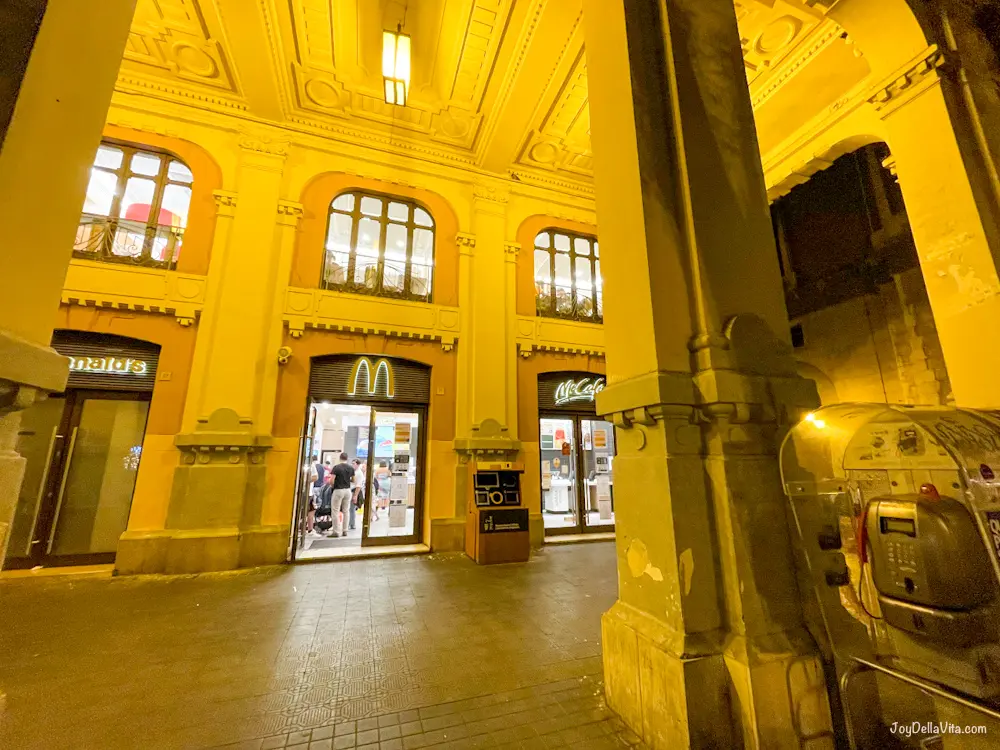
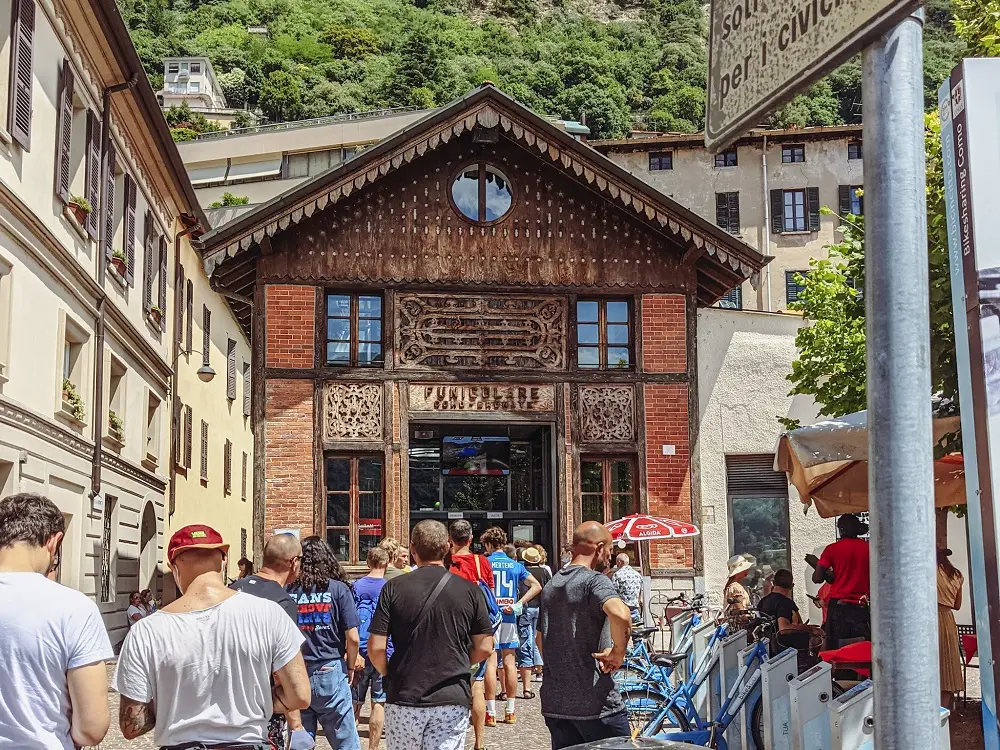
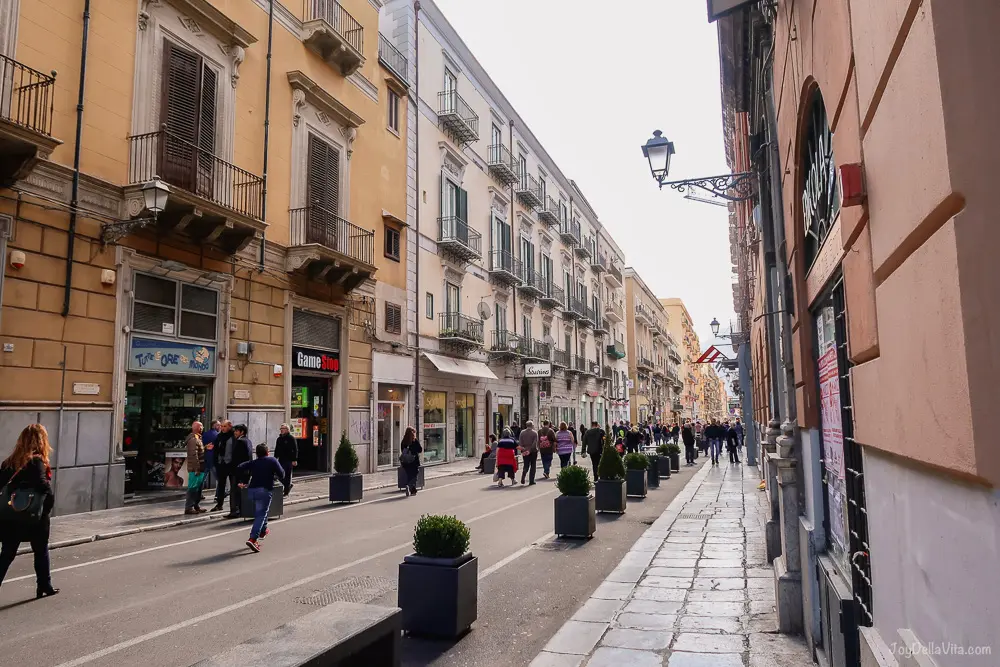



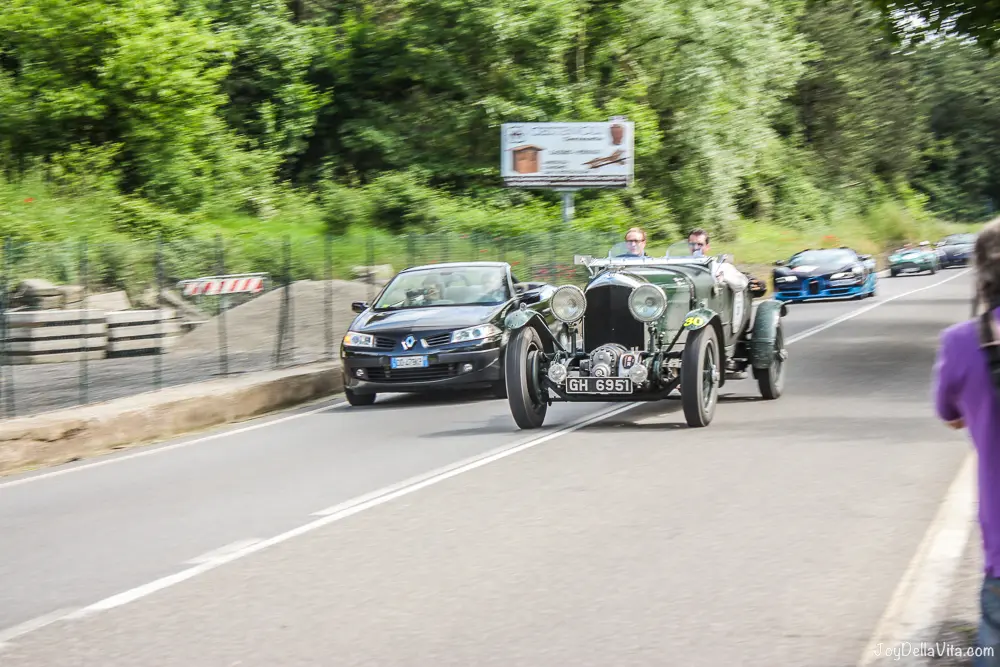
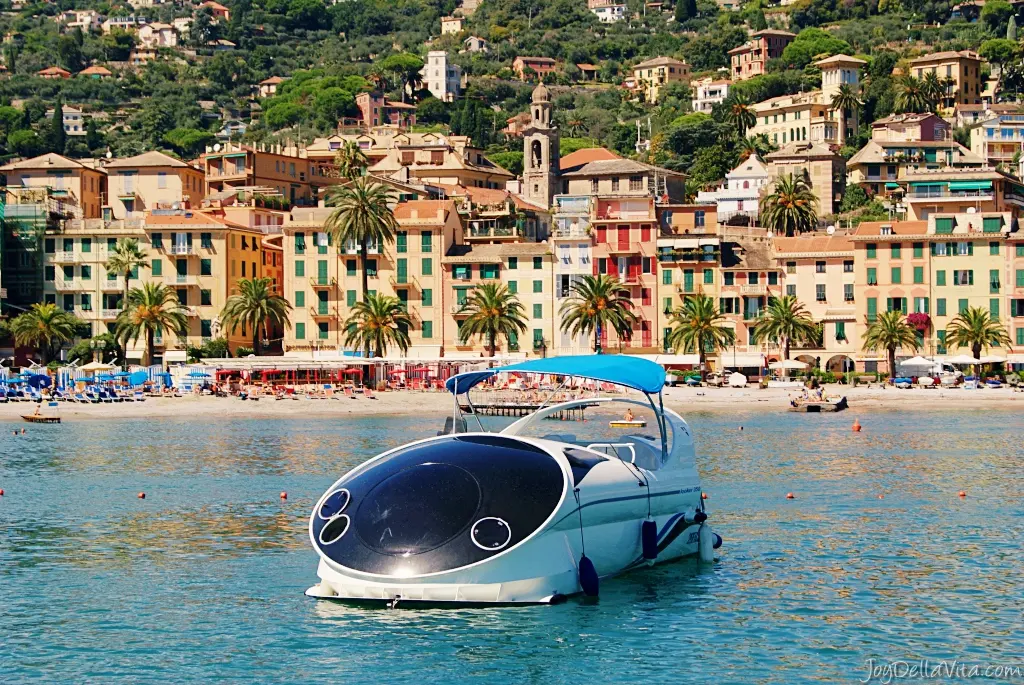
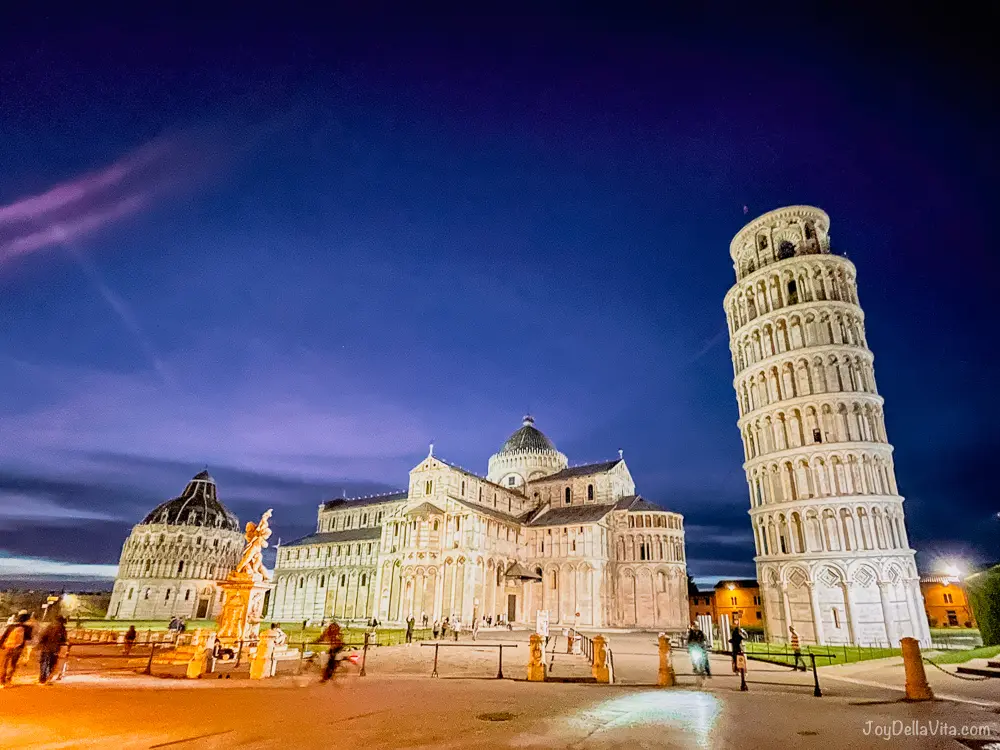
Leave a Reply